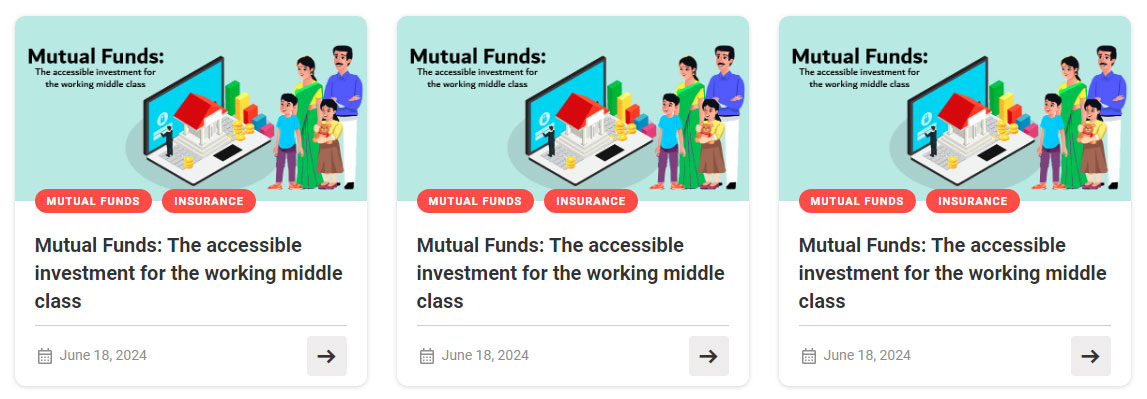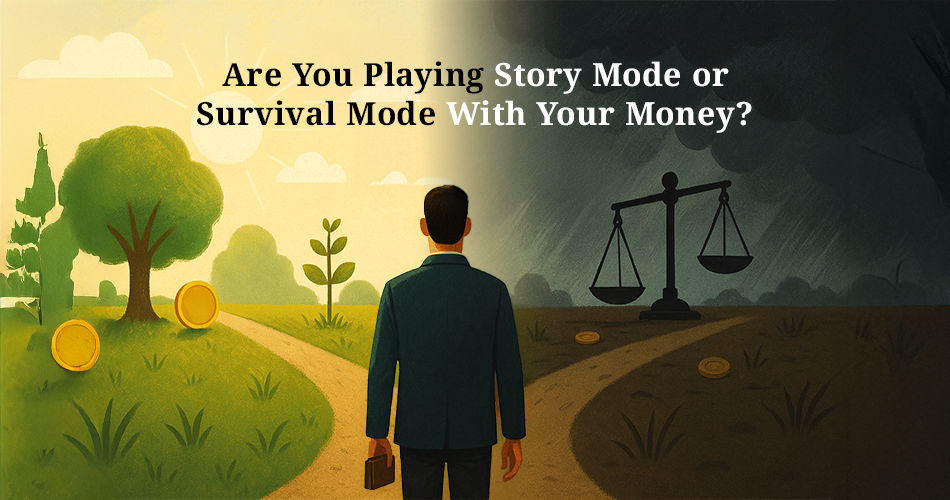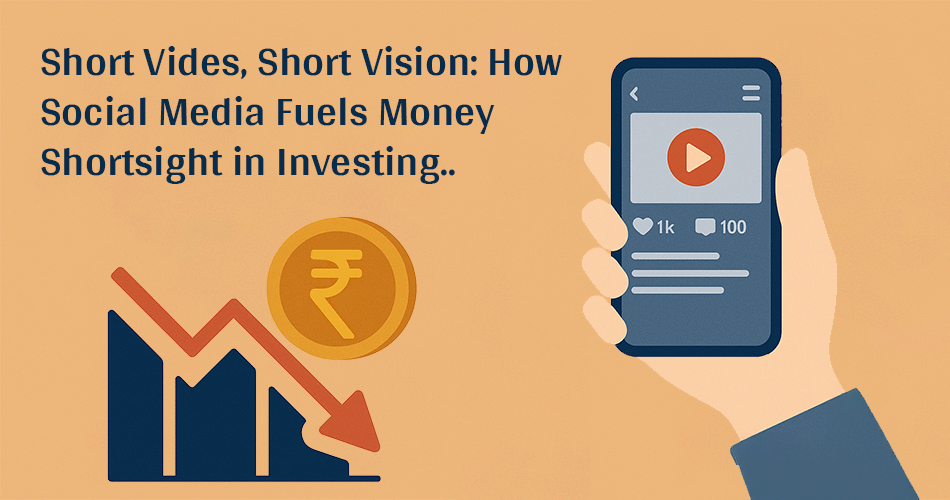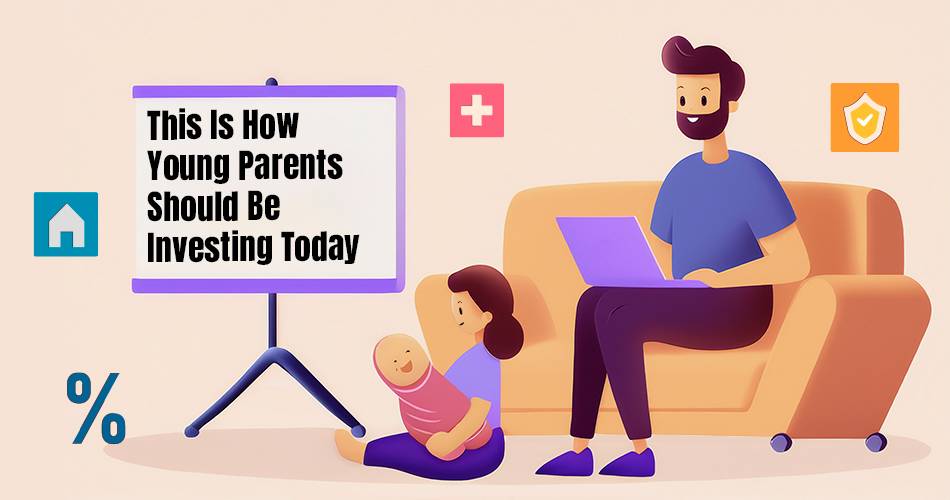Are You Playing Story Mode or Survival Mode With Your Money?
Some people live life constantly dodging financial bullets. Others seem to move with purpose—checking off milestones like levels in a game.
The funny thing? Both groups earn, save, and spend money. The difference lies in how they play the money game.
- One is stuck in Survival Mode—always reacting, never moving forward.
- The other is playing Story Mode—turning money into a tool to unlock dreams.
Which one are you?
The Survival Mode Mindset: Living Just to “Not Lose”
Survival Mode with money means you’re focused only on emergencies. You might have:
- A small savings account for unexpected bills
- An emergency fund for job loss or health expenses
- Insurance policies to cover risks
This isn’t bad—it’s essential. Just like you wouldn’t play a survival game without bandages, you shouldn’t live without a financial safety net.
But here’s the trap: if you only save for emergencies, you’re stuck at Level One forever.
- You’re reacting, not planning.
- You’re thinking short-term, not long-term.
- You’re just trying to avoid “Game Over.”
Imagine a gamer who spends hours stockpiling food and weapons but never advances the storyline. Sure, they won’t die immediately—but they’ll never win either. That’s what a purely survival-focused financial plan looks like.
Story Mode: Building Your Money’s Narrative
Story Mode with money = Goal-Based Investing.
This is where the magic happens. Instead of just saving “in case something bad happens,” you start saving and investing because you want something good to happen.
In Story Mode, you define your life’s quests:
- “I want to buy a home in 10 years.”
- “I want to retire comfortably at 55.”
- “I want to fund my daughter’s education without debt.”
- “I want to take that dream vacation every 5 years.”
Each goal becomes a mission. And like any good game, you break it into levels:
- Short-term quests (0–3 years): Emergency fund, travel plans, down payment.
- Mid-term quests (3–7 years): Child’s education, car purchase, career break.
- Long-term quests (7+ years): Retirement, wealth creation, leaving a legacy.
Every investment—whether it’s an SIP in equity, a debt fund, or a hybrid product—is like an upgrade that helps you get closer to completing the quest.
The beauty of Story Mode investing? Discipline rewards compounding. Just like in gaming, consistent effort brings exponential results.
Why Most Players Get Stuck in Survival Mode
If Story Mode sounds so much better, why are most people stuck in Survival Mode? Here are a few reasons:
- Fear of Risk: Markets look scary, so people hold cash instead. But avoiding risk altogether often guarantees lower returns.
- Lack of Awareness: Many don’t know how goal-based investing works. They confuse “saving” with “investing.”
- Instant Gratification: Spending feels rewarding now, while investing feels like waiting forever for the payoff.
- Crisis Mindset: If you’ve faced financial shocks, your instinct is to prepare only for the next one—not for opportunities ahead.
- No Clear Goals: Without defined life goals, money just sits around waiting for emergencies to happen.
How to Switch From Survival Mode to Story Mode
The good news? You don’t have to choose one over the other—you need both. Survival Mode is your safety kit, Story Mode is your adventure path.
Here’s how to switch gears:
-
Build Your Survival Kit First
Before you enter Story Mode, make sure you’ve got the basics covered:
- 3–6 months’ worth of expenses in an emergency fund
- Health and life insurance
- Clarity and stability of monthly cash flows
This ensures that even if “enemies” attack, you won’t lose the game.
-
Define Your Missions (Goals)
Ask yourself:
- What do I want to achieve in the next 3 years?
- What milestones matter in 5–7 years?
- What’s my ultimate endgame—retirement, legacy, financial independence?
Write these down. Treat them like levels in your game.
-
Map the Right Weapons (Investments) to Each Mission
- Short-term goals: Stick to relatively lower-risk instruments (debt funds, short-term funds).
- Mid-term goals: Balance risk and growth (hybrid funds, balanced advantage funds).
- Long-term goals: “consider equity mutual funds for long-term goals, as they carry higher risk but also higher potential for growth, SIPs, and compounding assets.
-
Automate Your Progress
Set up SIPs. Think of them like auto-save in games—they keep you on track without constant manual effort.
-
Track Your Progress & Upgrade
Check your investments yearly. Are you on track with your goals? If not, adjust. Just like you wouldn’t fight the “final boss” with a wooden sword, don’t approach retirement with only a savings account.
Case Study: The Tale of Two Players
Let’s meet two players: Ravi and Meera.
- Ravi in Survival Mode:
Ravi saves ₹5,000 a month in a savings account. He feels safe because his money is “liquid.” After 10 years, he has around ₹6 lakhs. But inflation eats away his purchasing power. He’s stuck, always feeling behind.
- Meera in Story Mode:
Meera also saves ₹5,000, but she invests in a balanced mix—emergency fund, SIPs, and equity funds. Assuming a notional annualized return of 13% (purely for illustration and not guaranteed), Meera could potentially accumulate approx. about ₹11,81,556 lakhs after 10 years. Actual results will vary depending on market conditions and investment choices.
Both approaches have their own outcomes, but Meera’s example shows how goal-based investing can potentially align money with life goals more effectively.
Why Story Mode can help you align money with goals and may create stronger long-term outcomes.
- Purpose-Driven: You’re not just reacting to life; you’re designing it.
- Compounding Advantage: Time can be your biggest power-up. The earlier you start, the greater the potential benefits of compounding.
- Emotional Satisfaction: Watching your goals come to life is far more rewarding than holding money “just in case.”
- Balanced Strategy: You’re covered for emergencies and future dreams.
Final Level: Your Money, Your Story
Life is unpredictable—there will always be sudden bosses to defeat: medical bills, job loss, inflation spikes. Survival Mode ensures you can handle them. But don’t stop there.
If you want your financial journey to be meaningful, exciting, and fulfilling, you need to switch to Story Mode.
- Define your missions.
- Invest with intention.
- Level up consistently.
Because at the end of the day, life isn’t just about avoiding “Game Over.” It’s about building a storyline where you’re the hero.
So ask yourself again: Are you just surviving, or are you writing your life’s story?
This blog is purely for educational purposes and not to be treated as personal advice. Mutual Fund investments are subject to market risks, read all scheme related documents carefully. Insurance is the subject matter of solicitation.




.png)











